
Innisfail is a 5.5 hour drive from The Fat Ewe Farm, so after the chores yesterday, when the animals were given extra rations, I departed in the truck with Robbie (the border collie). We arrived just before dark and a bit later, after getting acquainted with my most adorable hosts, Laura Lee and John, we went out to the goat barn. One little fellow was being tube fed because he was too weak to suck a bottle and his mother had no milk. Something went wrong. Perhaps he was born a bit premature. He was not doing well, but was he ever adorable. Two other new borns were under heat lamps in creep areas with their mothers standing watch over them in the barn. The babies could get up and go to the mother, but the mother could not get under the heat lamp, which was sectioned off by some boards.
We departed for home today, after a memorable evening with new friends, carting 4 new goaties! All three of the girls that came home to The Fat Ewe Farm are pregnant and due at various times over the next month. The little buckling will breed these does the following year and then again the year after, along with the new doelings born this year, since they are not related to the male, now at the Fat Ewe Farm.
I also bought some mohair socks, wondrously soft and long lasting. They better be at $40 per pair! Mohair is a very strong fibre. One of the does has exceptional fibre and was much more expensive than the others, who have good fibre, but not exceptional. They will be sheared tomorrow, along with the sheep, llamas and alpacas. I sure hope it is warmer in March than it has been in February or the critters will freeze without their coats on!

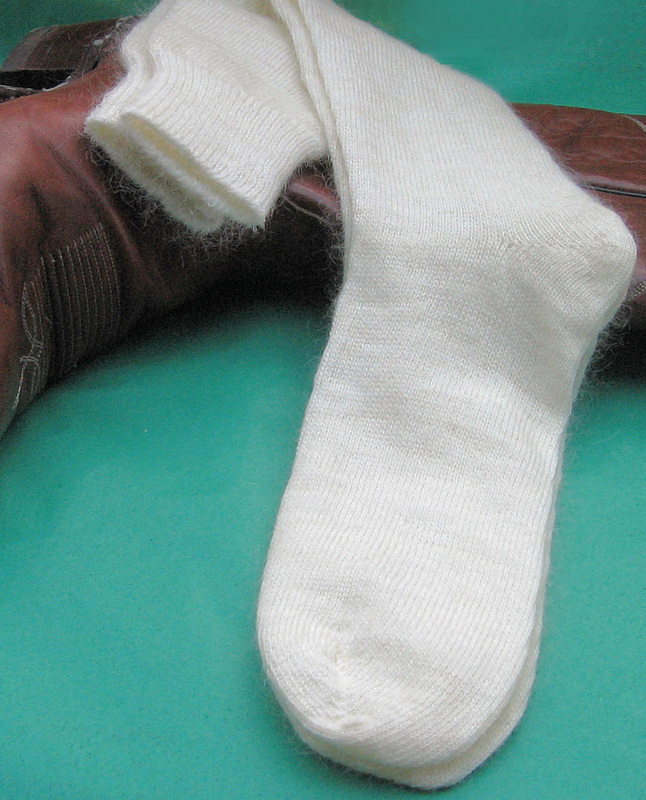
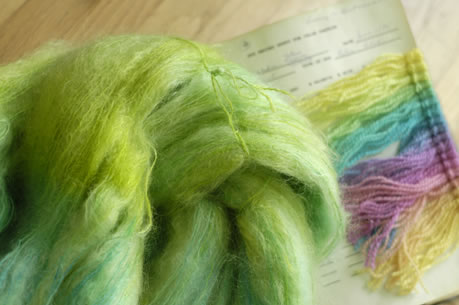
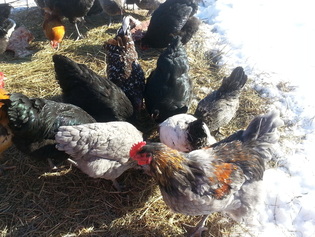
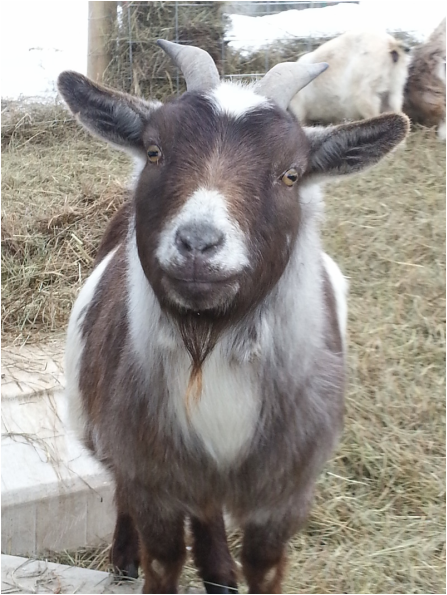
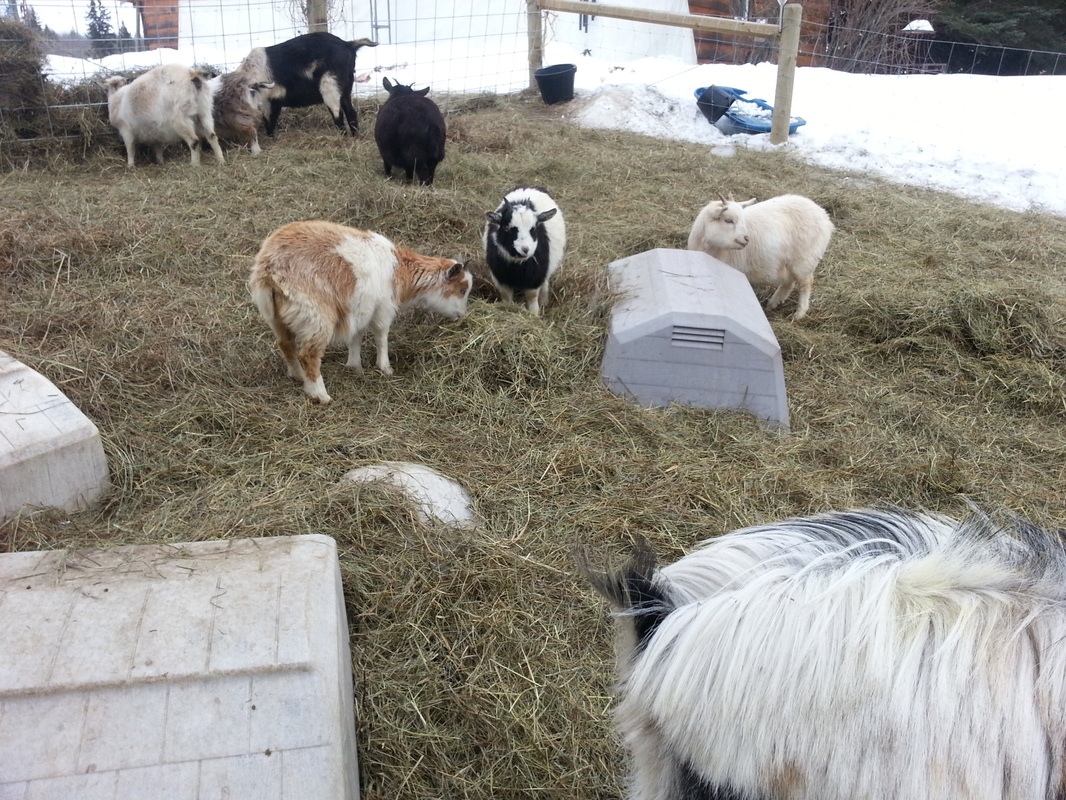
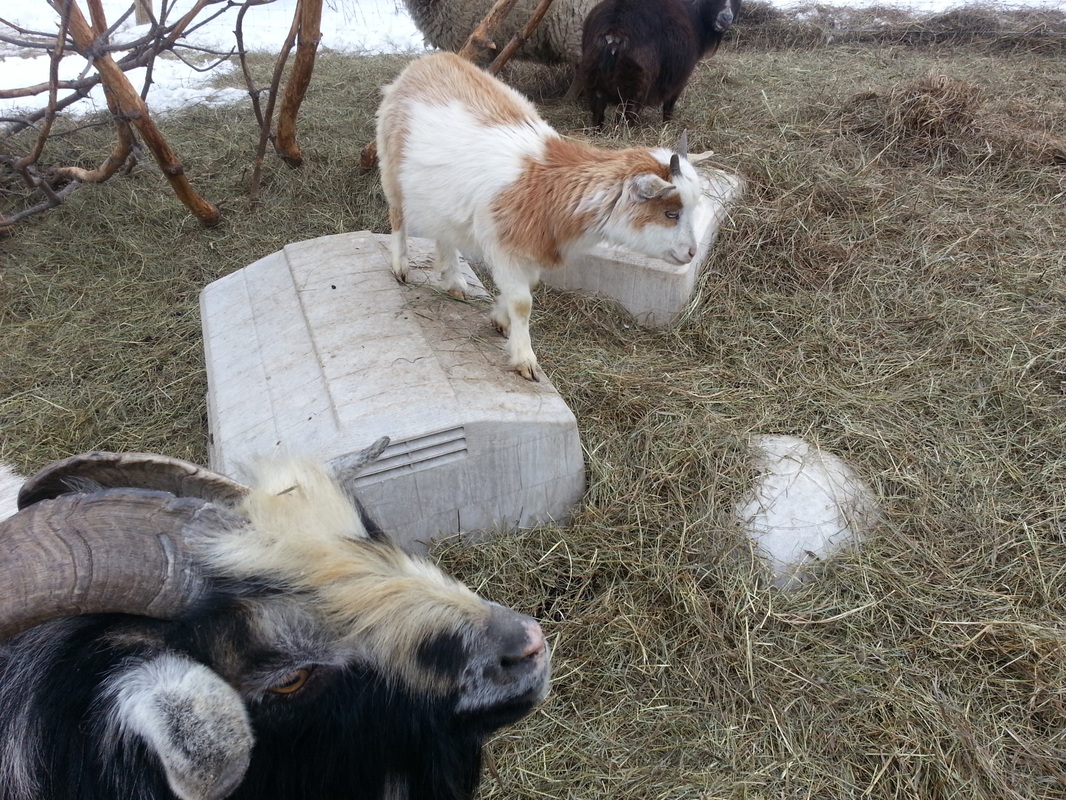
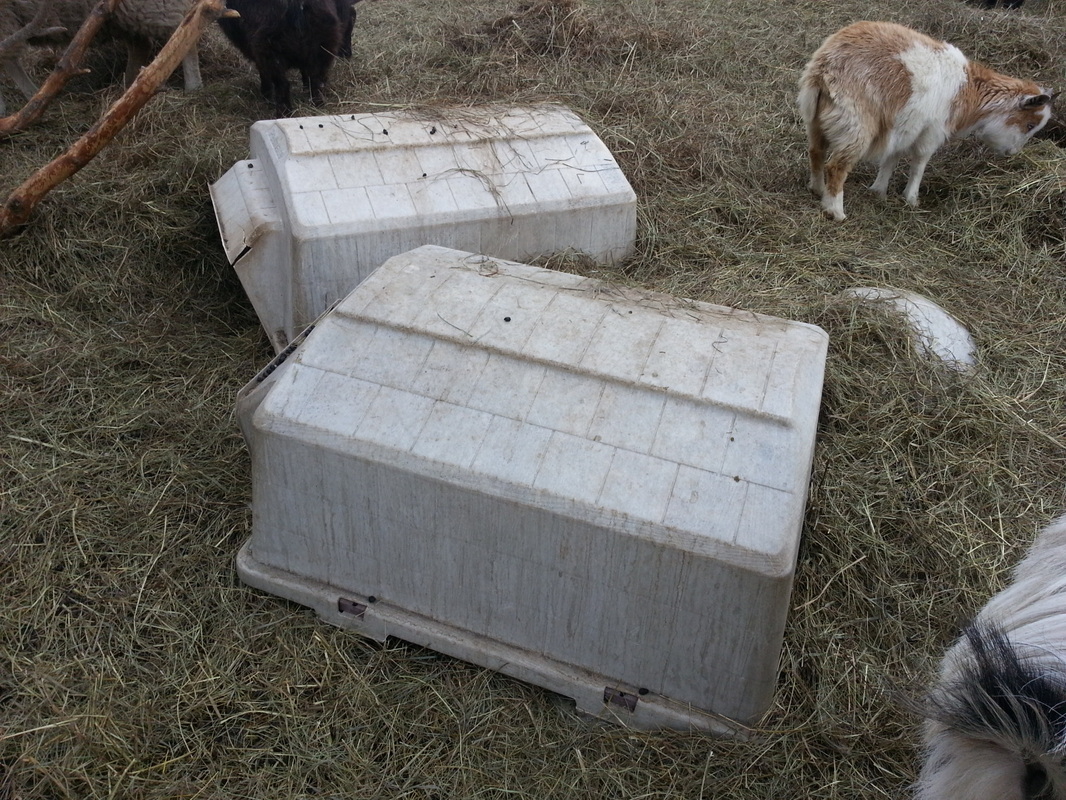
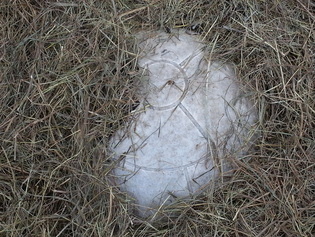

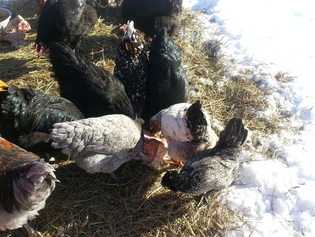
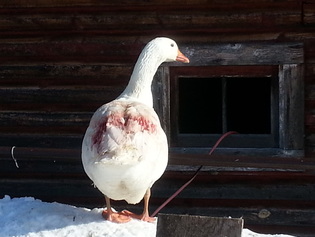
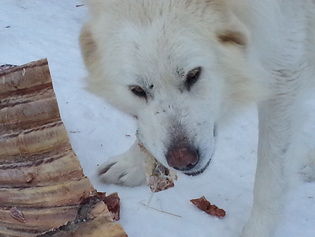
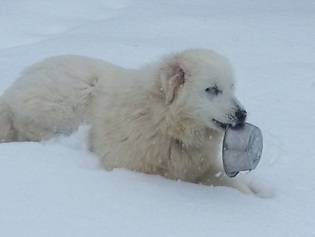
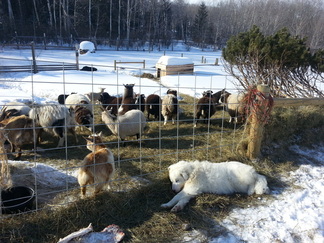
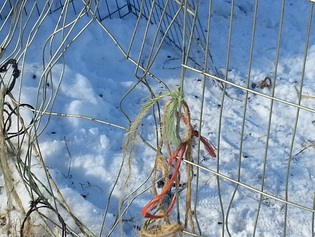
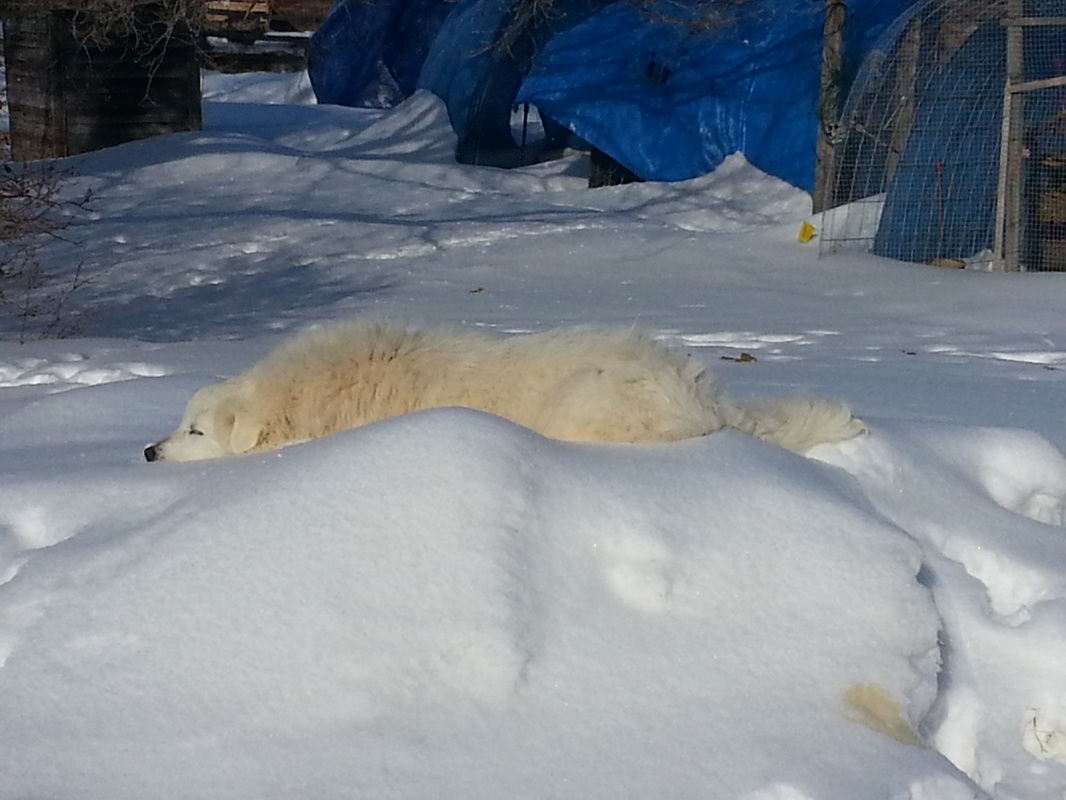
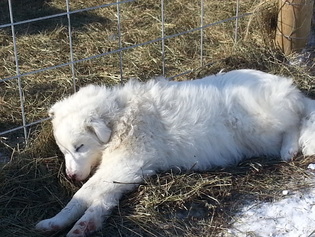
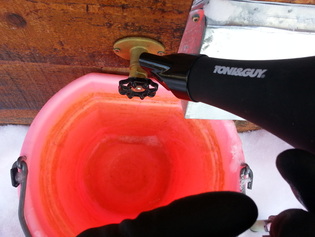
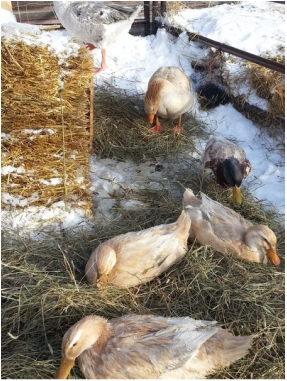

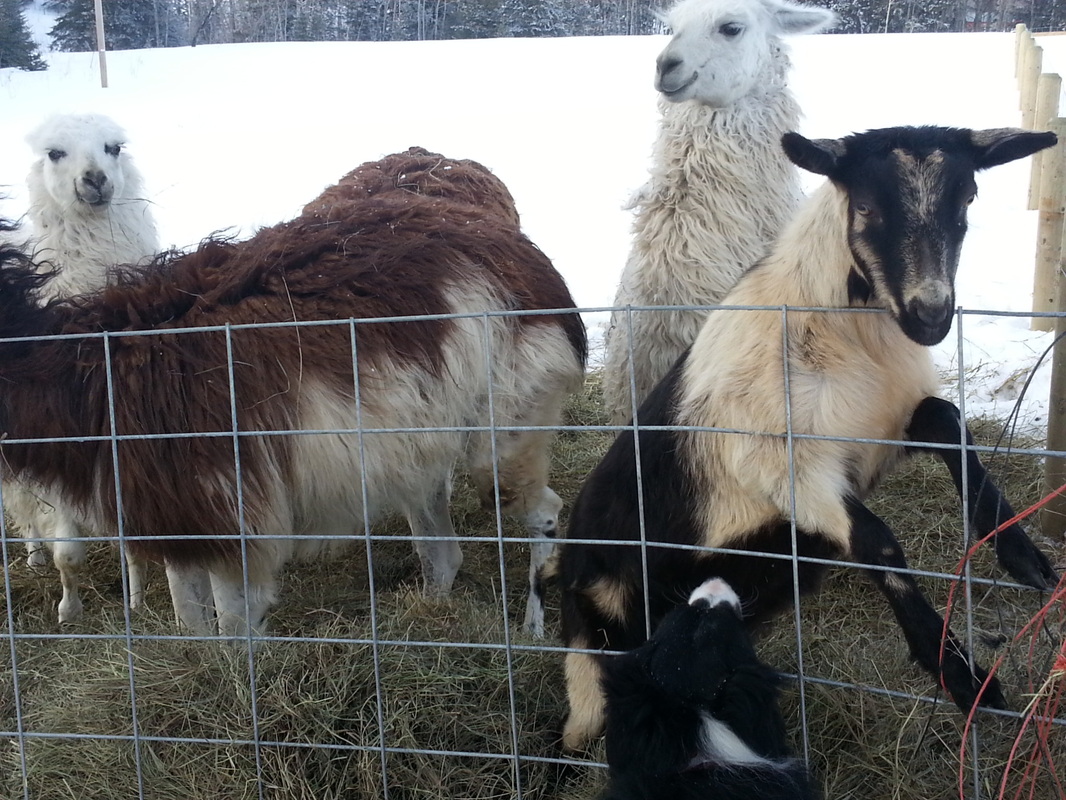
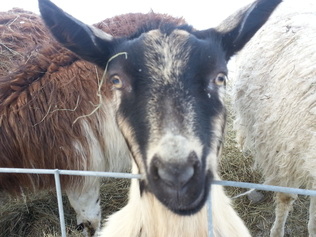
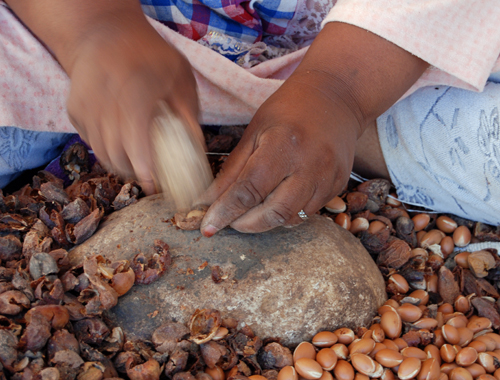
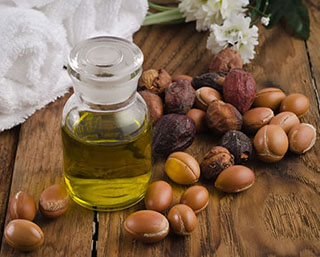
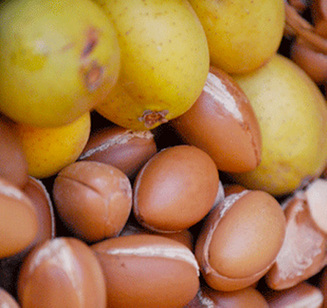
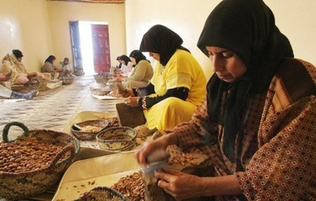
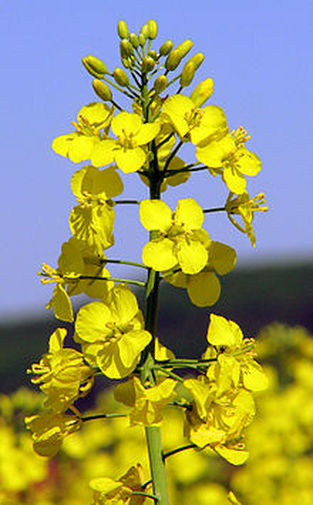
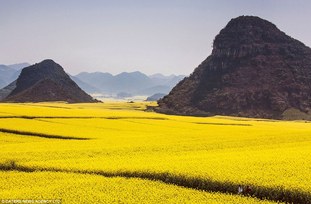
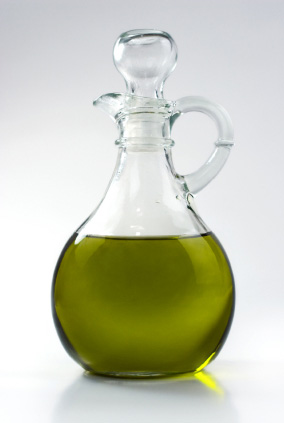
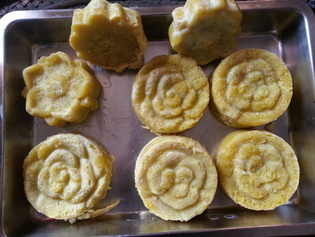
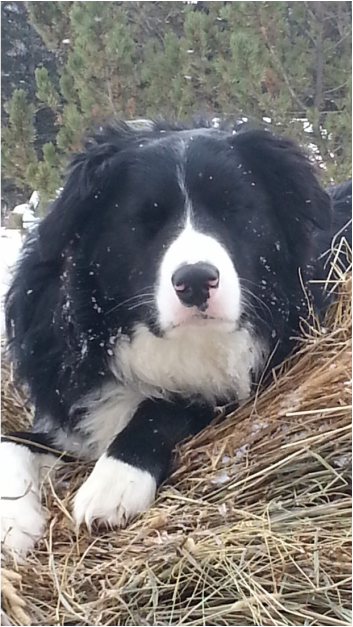
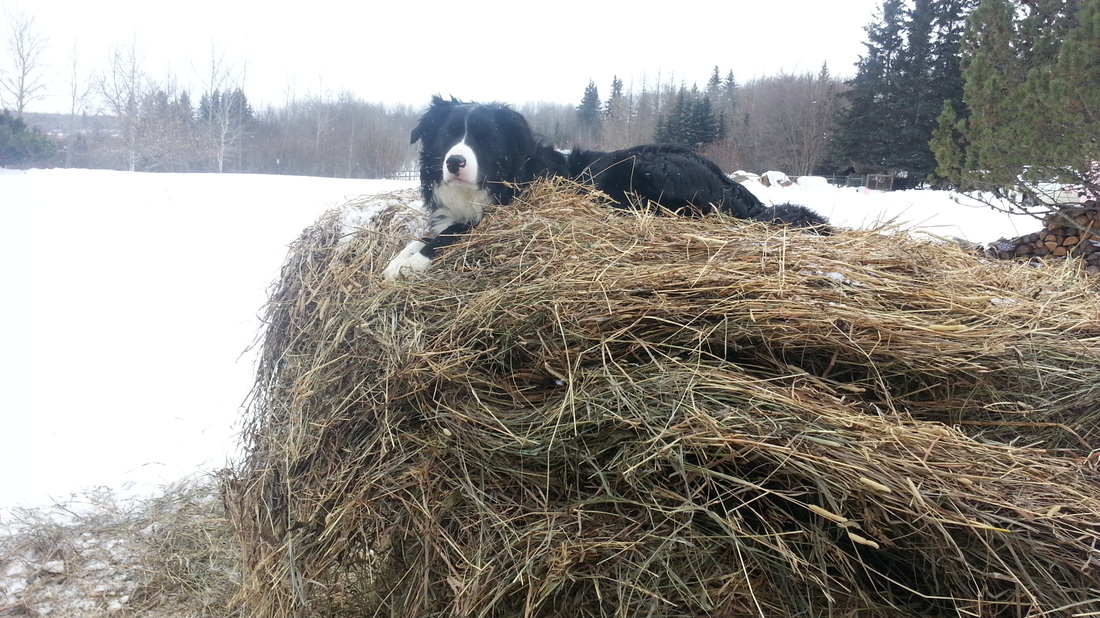
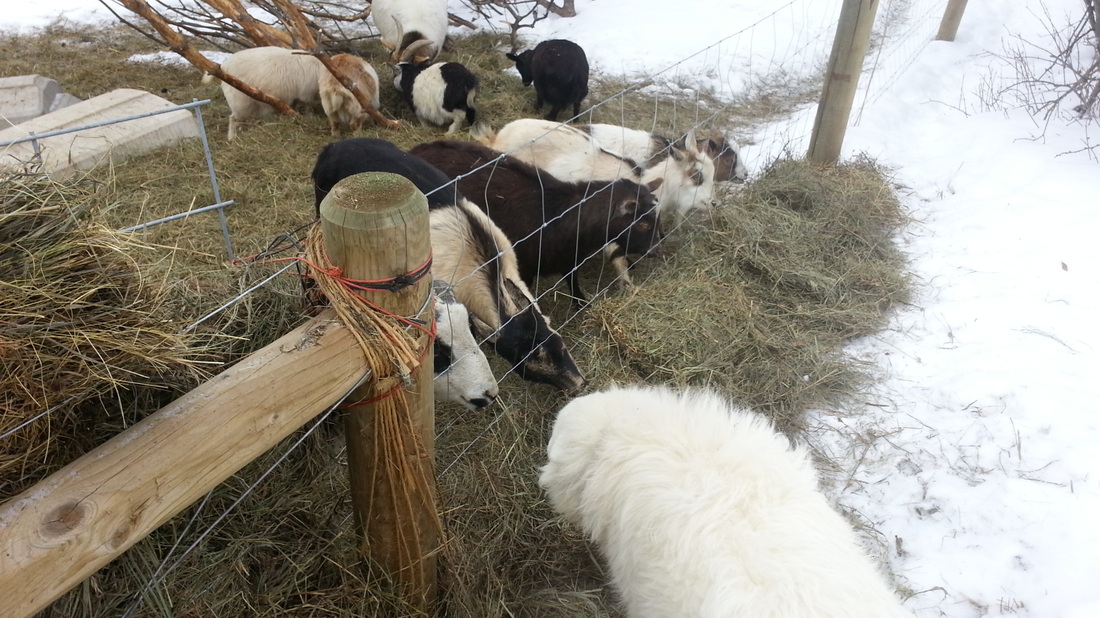
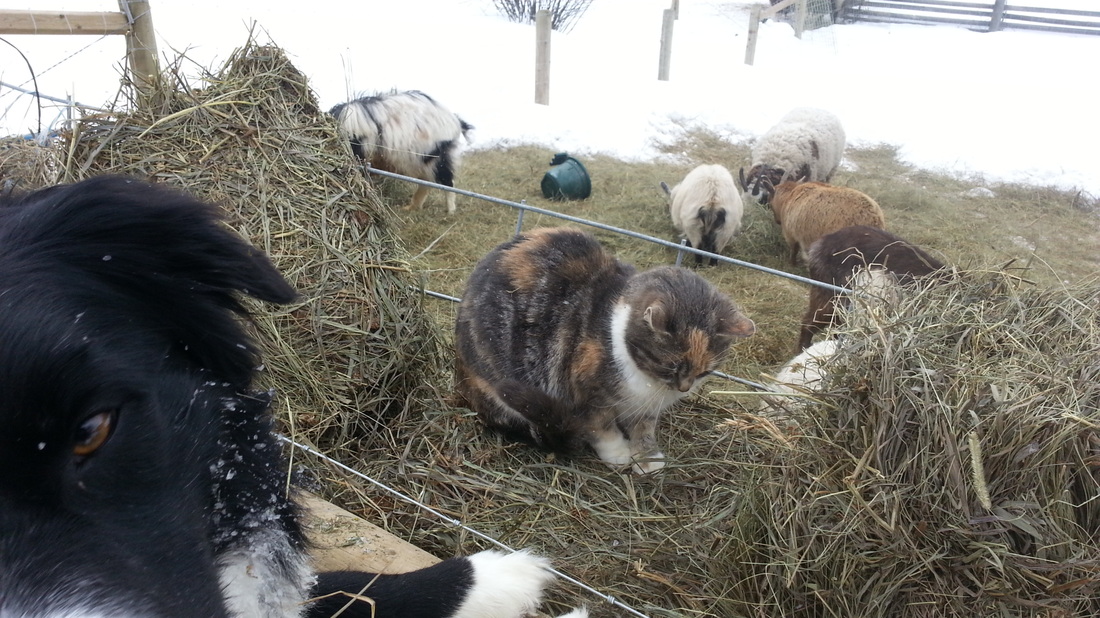
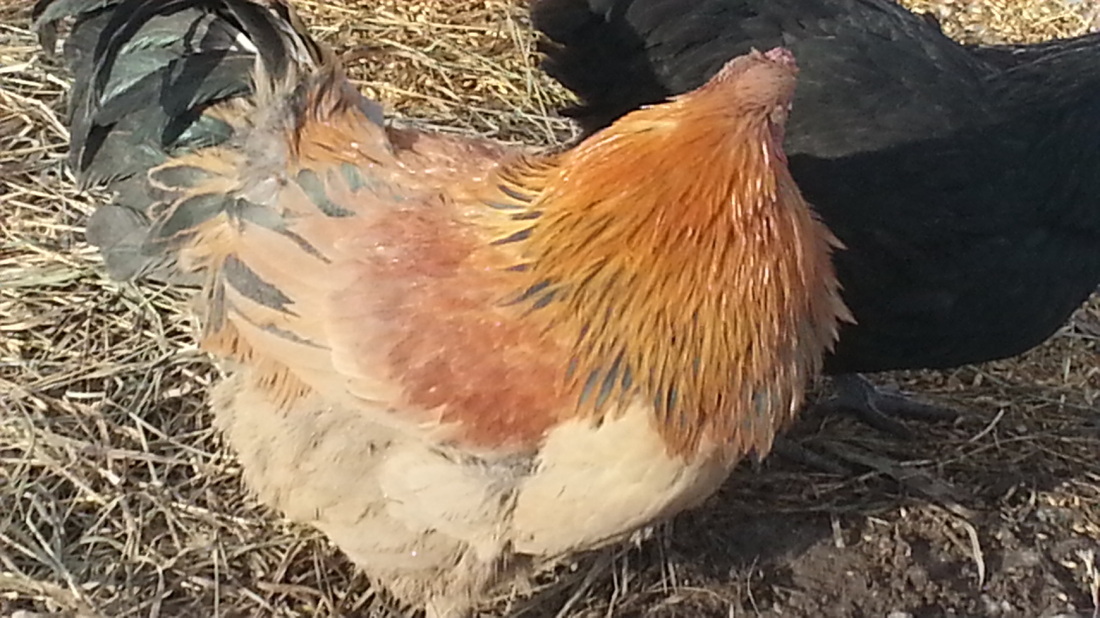
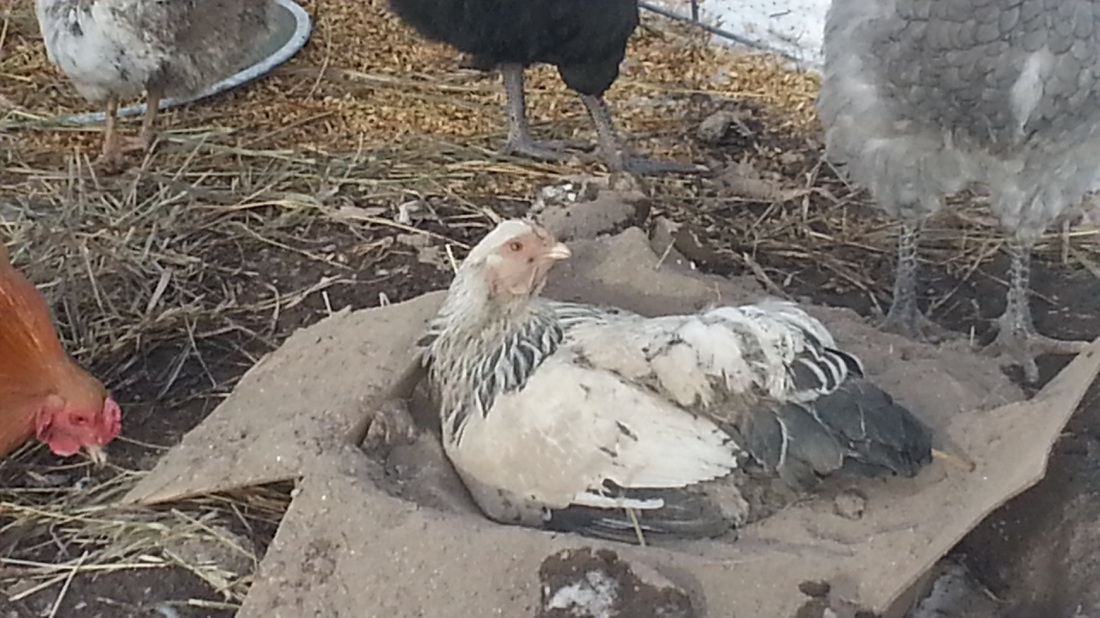
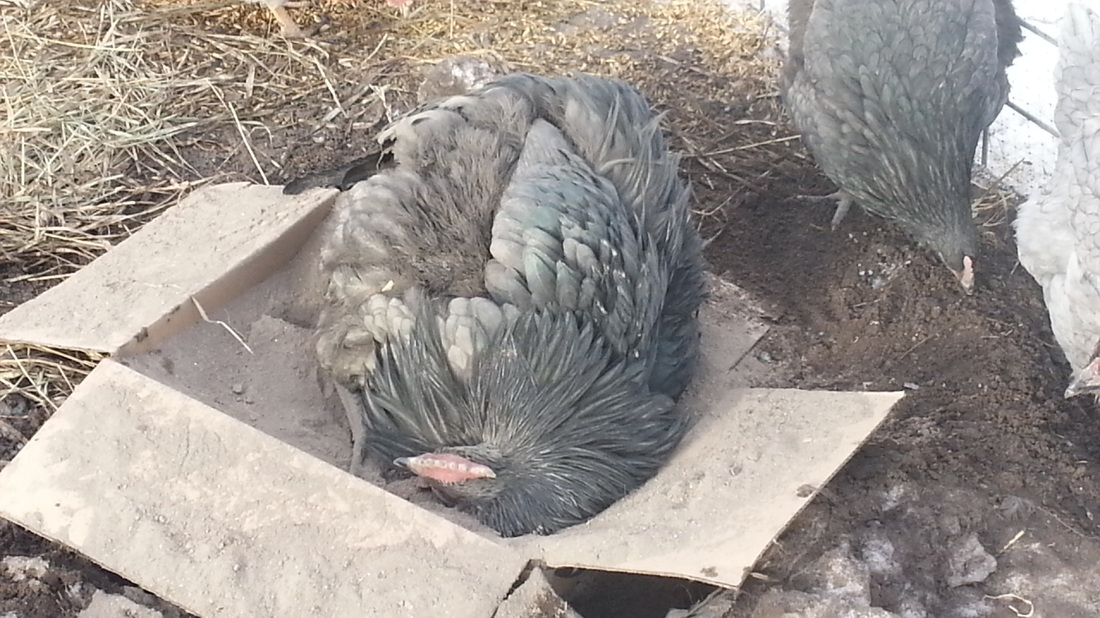
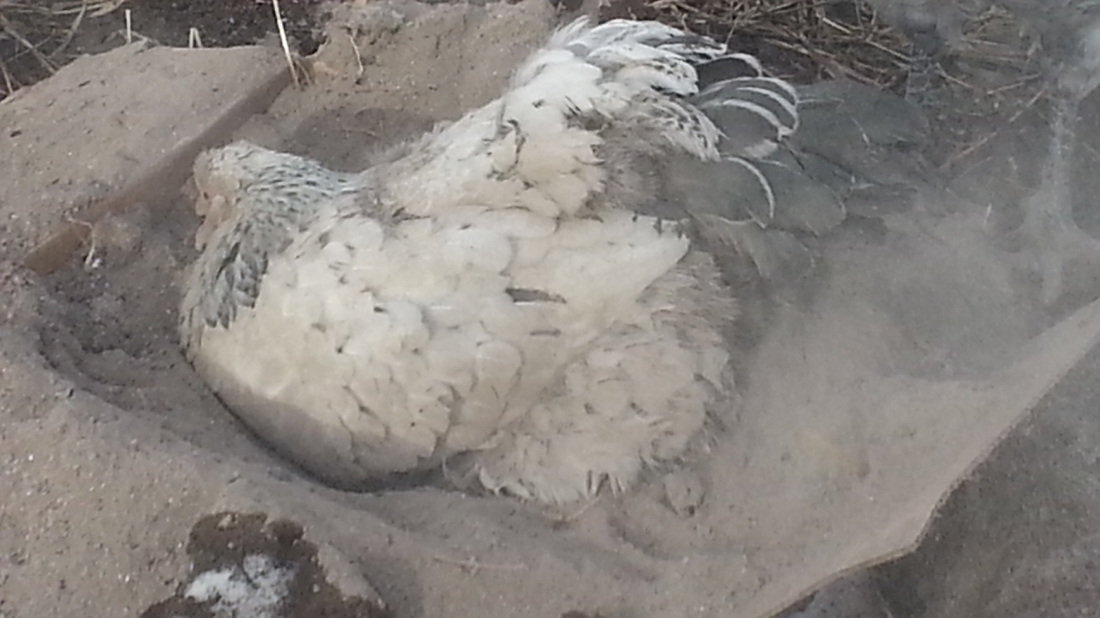
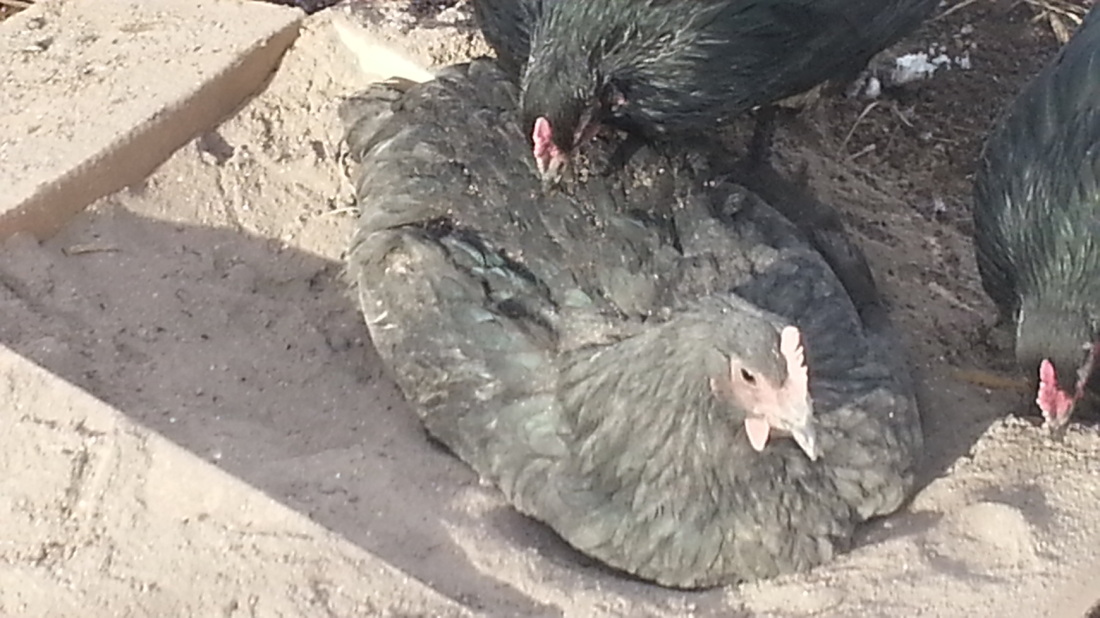

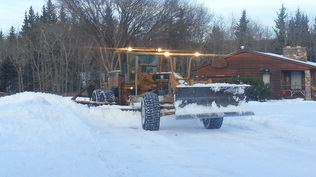
 RSS Feed
RSS Feed